Arcade Exclusives
Top 10 Best Arcade Exclusives of All Time!
Coin-operated arcade games were the driving force behind the video game industry for decades. Many of the most influential games of all time were first played in arcades, and arcade cabinets often housed cutting edge technology that eclipsed what was available in the home. Although the most successful arcade games were usually ported to consoles, there were many games that never made it home. In some cases, the games were too advanced for home consoles to handle. In other instances, licensing issues got in the way. Of course, some games simply weren’t successful enough to warrant a home release. I’ll try to avoid mentioning games that used special controllers on this list, since it’s completely understandable why they weren’t given home releases. (SegaSonic the Hedgehog can’t be properly experienced without a trackball, for example, and Ollie King would be radically different without its skateboard peripheral.) This list focuses on games that I feel could have realistically been brought to the home market. Given the prevalence of compilations and the rise of digital distribution, it’s downright puzzling why some of these games still haven’t been ported.
Update: This list has been updated several times since it was initially published. (Incidentally, several of the games that were originally chosen were given proper home ports after the list was created.) Since it’s no longer appropriate to discuss games Alien vs. Predator or The Revenge of Death Adder on this particular list, I’ve created a new countdown that highlights arcade games that took forever to make the trip from the arcades into our homes. Be sure to check out that list after reading this one!
10
Dolphin Blue
2003
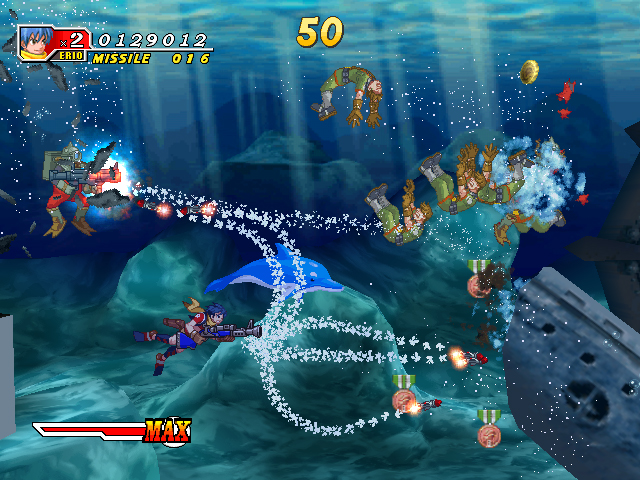
Released in 2003 for Sammy’s Atomiswave hardware, Dolphin Blue is a run-and-gun game with a great sense of humor. Even though it only has five stages, it features three unique gameplay styles. The standard on-foot levels feel like Metal Slug in many regards, but they move along at a much faster pace. There are also auto-scrolling sections where you get to ride invincible dolphins for some reason, and these sequences could be likened to the minecart stage from Gunstar Heroes. Finally, some of the action takes place beneath the surface. The underwater sections play out like a horizontal shoot ’em up, and they give players full range of motion on the x-and-y axis. Dolphin Blue is not especially long, but it’s always entertaining. It has all the hallmarks of a great run-and-gun game, and its packed with interesting weapons and enemies. There’s also a two-player mode, of course. If there’s one thing that’s more fun than riding a dolphin, it’s riding a dolphin with a friend! Sammy’s Atomiswave arcade board was based on the Dreamcast, and it would have been a simple process to port to Sega’s console. Unfortunately, the Dreamcast had already been discontinued by the time the Atomiswave was released, so most of the games developed for the platform never left the arcades. Hackers found a way to make Atomiswave games run on the Dreamcast in 2020, so Dolphin Blue can now be played at home with minimal effort. It wasn’t given a formal home release, however, so it’s still appropriate for this countdown.
9
Rave Racer
1995
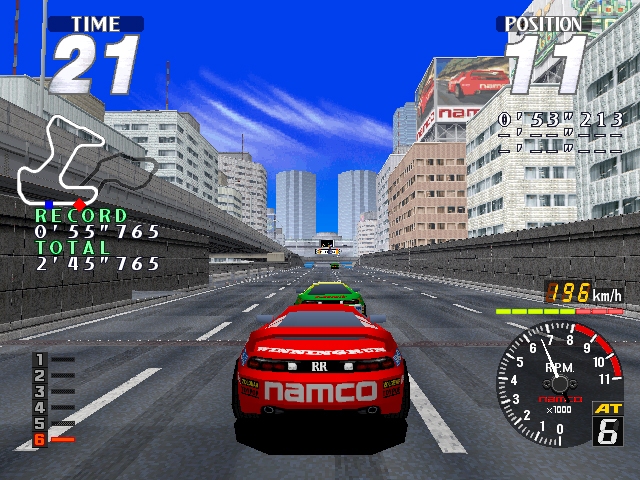
The original Ridge Racer was one of the most important racing games ever, and it received high praise for its 3D polygon graphics and unique drifting mechanics. The game was a smash hit in the arcades, and the subsequent PlayStation port made an even bigger impact. Ridge Racer was one of the first killer apps on the PlayStation, and it helped Sony’s newly-minted console build momentum in a competitive market. While Ridge Racer 2 was basically an updated version of the first game, Rave Racer was a proper sequel that featured new tracks, new music, and numerous hardware changes. The introduction of force feedback steering changed the way the game played, while the high resolution texture mapping allowed for a greater level of detail than most games of the era. The game might have been a little too intensive for home consoles to handle, but a Microsoft Windows version was planned for NEC’s PowerVR graphics processor. This port was demonstrated in 1996, but the project was unceremoniously cancelled. PS1 owners were given three console-exclusive Ridge Racer sequels in the years that followed, but it’s unfortunate that Rave Racer was passed over. The game’s exclusive tracks were eventually included in the 2004 PSP release of Ridge Racer, however, so it’s not as though Rave Racer was entirely forgotten.
8
Motor Raid
1997
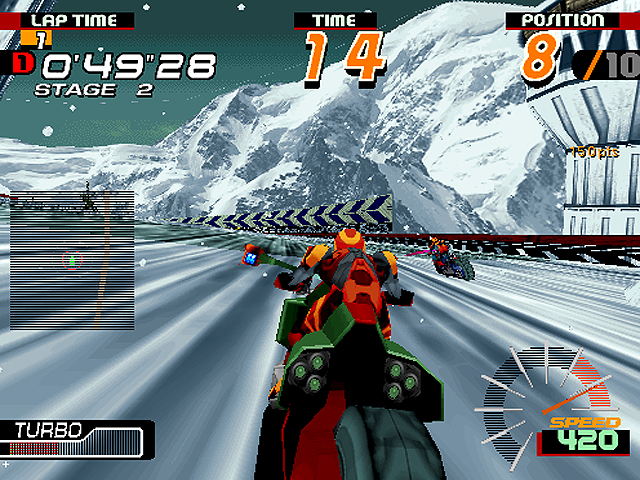
Motor Raid is a futuristic racing game that feels like a cross between Road Rash and WipEout. While jockeying for position on Akira-inspired bikes, players can attack nearby racers in order to slow them down. The game is largely defined by close-quarters combat, but players can also throw their weapons from a distance. Six different planets are featured in Motor Raid, and they each have their own unique terrain ranging from snow-capped mountains to futuristic cities. The tracks are filled with twists and turns, and it’s a real rush to navigate the courses while fending off attacks from other racers. Unlike other Model 2A racers like Manx TT Superbike and Sega Rally Championship, Motor Raid was not given a home port. There were a number of futuristic racing games released in the 1990s, but Sega seems content to leave Motor Raid in the past.
7
The Lost World: Jurassic Park
1997
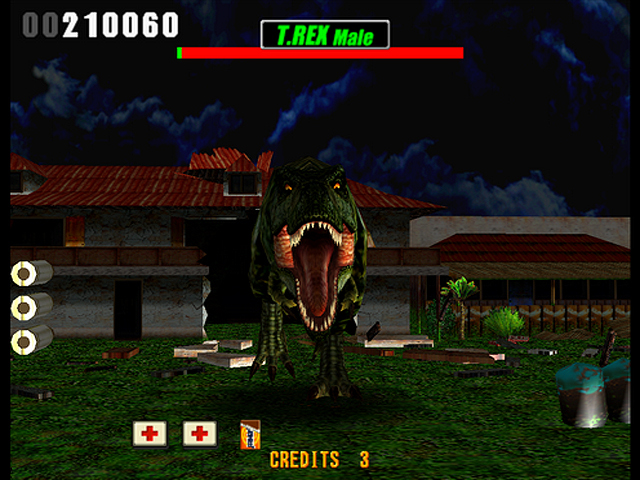
Of all the games on this list, The Lost World: Jurassic Park is the easiest to describe. You basically point a light gun at the screen and shoot dinosaurs. The game’s locations were lifted from the movie, and you’ll encounter many familiar creatures during your adventure. Dinosaurs will burst out of nowhere, and imposing boss battles will be waiting for you at the end of each stage. The Lost World didn’t break a lot of new ground, but it was one of the last arcade games that truly wowed me. It was light-years ahead of what home consoles were offering, and the Saturn obviously wasn’t powerful enough to handle the game. Sega decided against porting the game to the Saturn or PC, but an extended Dreamcast port was slated for release in 2000. Unfortunately, their plans were cancelled and many gamers were never given the opportunity to discover The Lost World. Over a dozen light guns were released for the Dreamcast, and it’s a shame that more games didn’t take advantage of them.
6
Daytona USA 2
1998
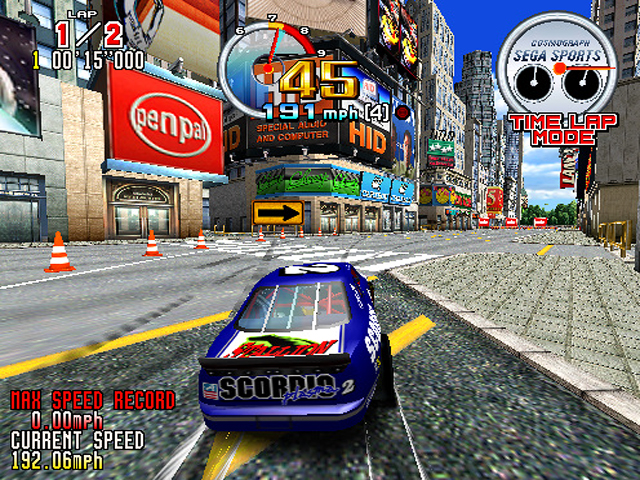
I’m not a big fan of stock car racing or motorsports in general, but Daytona USA was one of the most exciting and captivating games of its time. As the first game designed for Sega’s Model 2 arcade board, Daytona USA was the single most visually impressive game on the planet in 1993. Serious concessions had to be made when the game was ported to the Saturn and PC, however. While fans were waiting for a faithful port of the arcade game, Sega quietly released a sequel in 1998. Built on Sega’s new Model 3 arcade board, Daytona USA looked even better than the original. The physics were more sophisticated too, and advanced NASCAR drafting techniques could be used to gain an advantage. The Dreamcast received an updated version of Daytona USA (dubbed Daytona USA 2001), but Daytona USA 2 was never given a home port in any capacity. The Saturn had enough trouble with Model 2 games, so Model 3 ports were out of the question. The Dreamcast, on the other hand, was designed with Sega’s newer NAOMI board in mind. Daytona USA had “franchise potential” written all over it, but Sega waved the red flag when the sequel was released.
5
Willow
1989
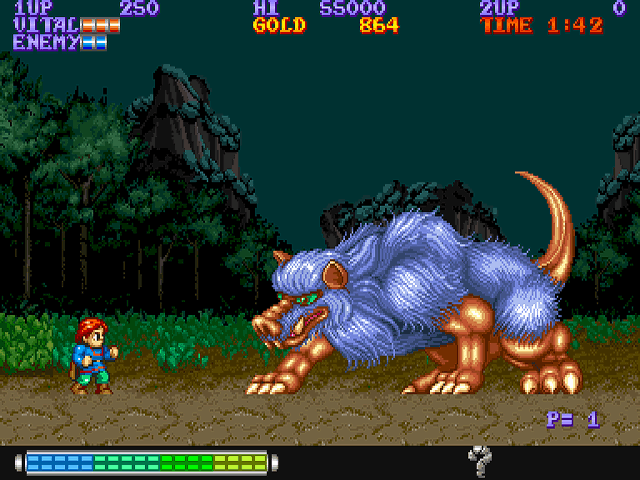
Willow was a 1988 movie that drew heavy inspiration from The Lord of the Rings. The film centers around a rogue swordsman and an aspiring sorcerer who embark on a quest to stop an evil queen, and Capcom’s 1989 arcade game did an excellent job of capturing the movie’s high fantasy setting. Many of the films most memorable moments were recreated in the game, and the lush backgrounds and imposing boss battles were faithful to the source material. Capcom released a terrific Zelda-inspired version of Willow on the NES, but the arcade version was never given a proper release. Side-scrolling action/platform games were all the rage in 1989, and similar Capcom arcade games like Ghouls ‘n Ghosts and Strider were ported to the Genesis with great success. Willow would likely be remembered as a classic today if it had been given a proper home release, but it’s yet another licensed arcade game that’s destined to be lost to the annals of time.
4
Cadillacs and Dinosaurs
1993
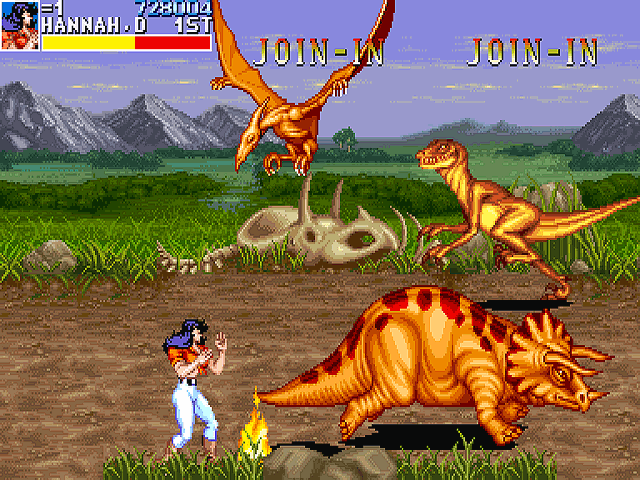
Capcom has a reputation for making incredible licensed games, but not all of them are remembered as classics. Games like Duck Tales and Marvel vs. Capcom 2 are not likely to be forgotten any time soon, but Cadillacs and Dinosaurs is criminally underrated. The game takes place in the year 2513 in an age where people co-exist with dinosaurs. Unfortunately, this Utopian society is rocked to its core after the dinosaurs start lashing out against humanity. If the prospect of fighting dinosaurs wasn’t exciting enough already, the game takes things to the next level by throwing genetically altered dino-human hybrids into the mix. Capcom had pretty much perfected the beat ’em formula by 1993, and Cadillacs and Dinosaurs was one of the genre’s best. The environments were interesting, the characters had diverse movesets, the weapon selection was fantastic, and there was one memorable scene where players could mow down their enemies from behind the wheel of a futuristic Cadillac. The game also had way more dinosaurs than any of their other games! Unfortunately, the game was developed as a tie-in to a short-lived animated series based on an alternative comic book. The series ran for only 13 episodes, so there wasn’t a big demand for a home console port. An unrelated Cadillacs and Dinosaurs game was released for the Sega CD and PC, but Capcom’s would-be classic was never ported.
3
Ninja Baseball Bat Man
1993
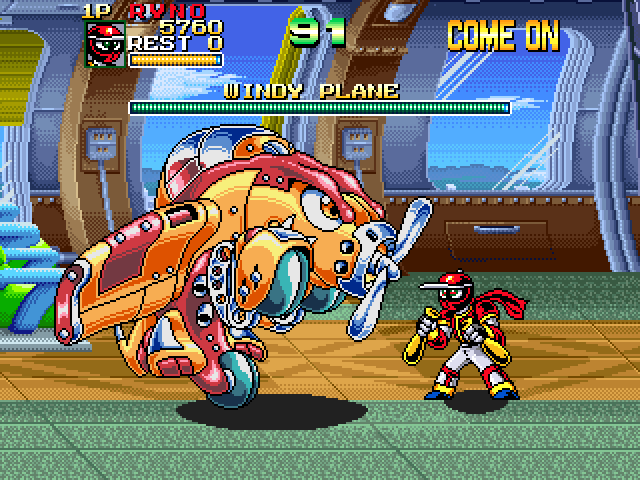
Irem’s Ninja Baseball Bat Man is a side-scrolling beat ’em up for up to four players. The object of the game is to recover memorabilia stolen from the Baseball Hall of Fame, and players assume the roles of robotic ninja baseball players in order to do so. The game itself is even more outlandish than the premise. As you move around the United States, you’ll encounter robotic spiders, mechanical alligators, scythe-wielding jack-o-lanterns, sentient lawnmowers, evil airplanes, and pretty much everything in between. There are many baseball-themed enemies to contend with as well, but that probably goes without saying. Ninja Baseball Bat Man was influenced by Ninja Turtles and Batman, but it wasn’t anywhere near as successful as either franchise. Just over a thousand units were sold – only 43 in North America – so it’s not surprising that the game was never ported to home consoles. The game became more popular through emulation than it did during its original release, but it’s a shame so many people missed out on it the first time around.
2
The Outfoxies
1995
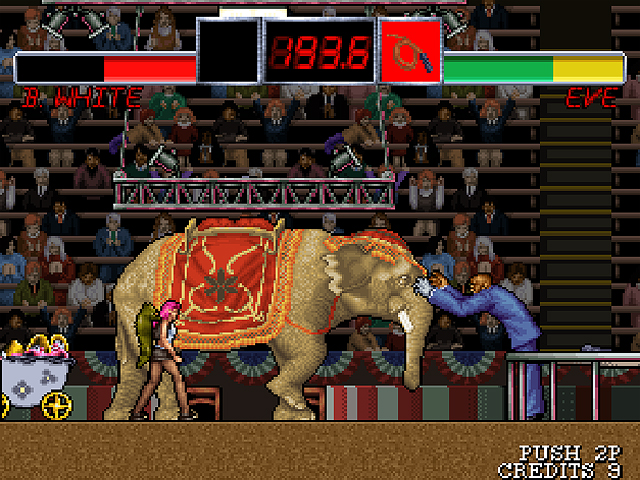
The Outfoxies is an outlandish weapons-based fighting game that doesn’t really conform to any one particular genre. The game features a diverse cast of assassins to play as – including everything from a wheelchair-bound scientist to a chimpanzee with a top hat – and players are given the simple task of killing their enemy by any means necessary. Each assassin has their own abilities, and players can also make use of weapons that range from rocket launchers to bowls of soup. The stages themselves also contribute to the chaos, and there’s a wide assortment of dynamic environmental hazards to contend with. Boats and planes will shake and sway, ruptured aquarium tanks will flood the screen with water (and man-eating sharks), and exploding skyscrapers will force players to scale down from the top floor. By 1995, arcade-goers had their sights set on 3D fighting games, so The Outfoxies was largely ignored. It later became the subject of retrospective analysis, however, and the game is seem as something of a precursor to the Super Smash Bros. series. It’s easily one of the most original fighting games ever devised, and it’s delightfully over-the-top in every conceivable way. Namco has released countless arcade compilations over the years, but they’ve yet to re-visit The Outfoxies.
1
Sega Super GT
1996
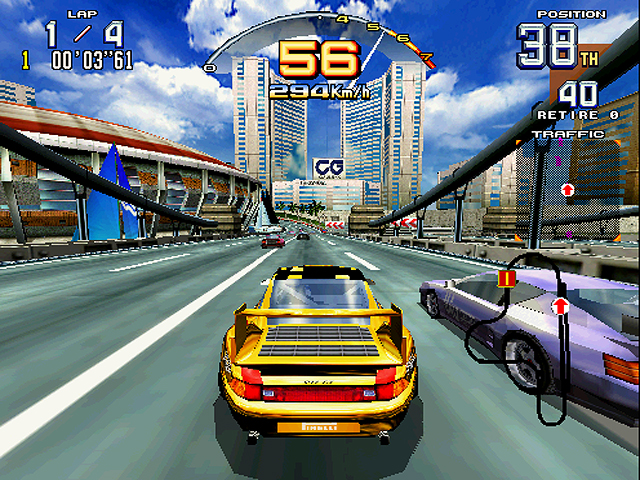
Sega Super GT (or SCUD Race, as it was known outside of North America) was conceived as a follow-up to Daytona USA, but it evolved into something else entirely. The drifting system was completely different than Daytona‘s, and the game required new strategies as a result. The game also centered around supercars instead of stock cars, and I personally find McLarens, Vipers, Ferraris, and Porsches to be more interesting than the Lumina knockoffs from Daytona USA. As the first racing game developed for Sega’s Model 3 hardware, Sega Super GT was one of the best-looking games of its era. It still holds up decades after its release. As was often the case for Model 3 games, Sega Super GT was too much for the Sega Saturn to handle. A Dreamcast version was shown as part of a tech-demo in 1998, but the game was unfortunately cancelled. The game’s courses were included as an unlockable bonus in the Xbox version of OutRun 2 in 2004, but they were no substitute for the real thing.

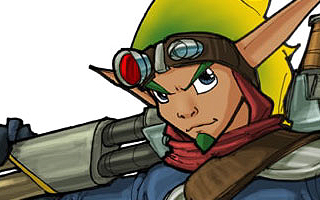
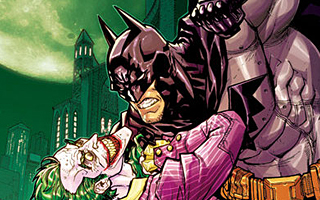
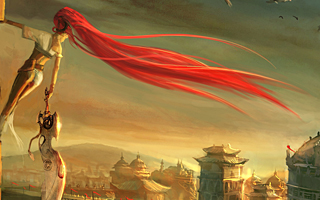
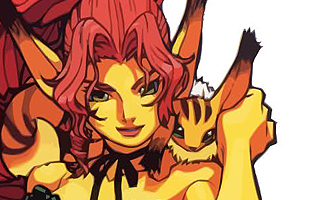
Do you agree with this list? Let us know what you think by leaving a comment below. Your opinion matters!